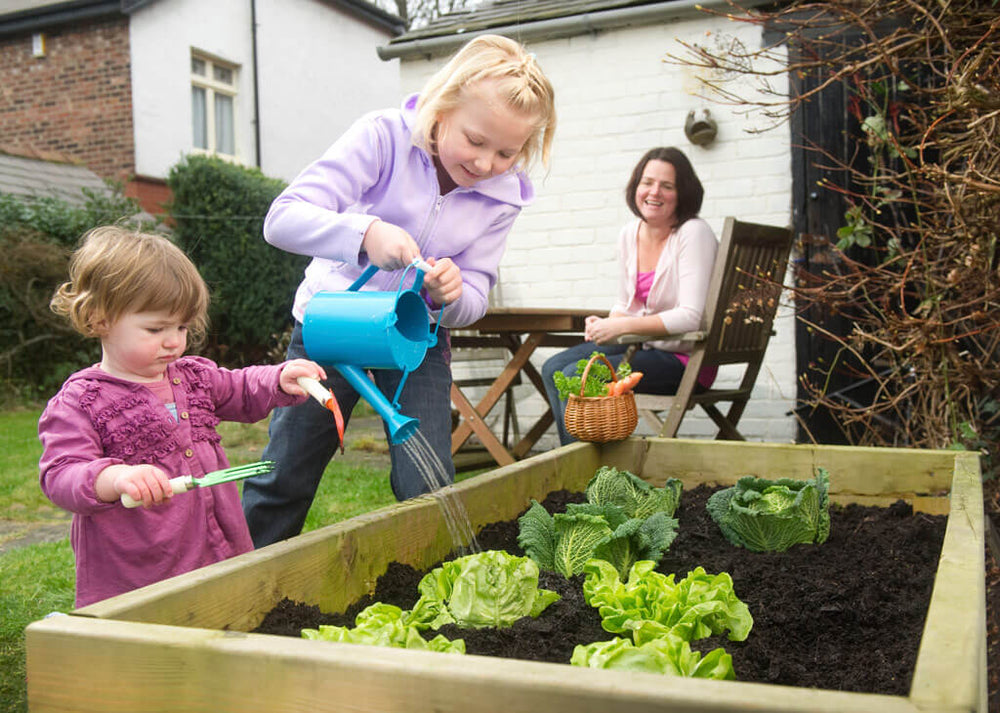If you live in a subdivision, development, or condo, chances are you have to deal with an HOA (Homeowners Association). While the goal of this organization is to protect the value of your land by enforcing the rules, sometimes those rules can seem a bit unfair to those who like to grow their own food. Some communities limit gardening to back or side yards only, while others prohibit it altogether. (Of course, if you're lucky, your HOA may not have any limits on growing edibles.) Before you plan or plant your garden, here are five things to consider:
1. Find out what's allowed
Your first step to co-existing peacefully with both your neighborhood and the HOA is to know what regulations you're expected to abide by. Read all bylaws, covenants, and deeds. These can sometimes be found in your mortgage documents, or you may request a copy from your HOA. In addition, many associations now post these documents online. If you are considering a move to a new neighborhood with an HOA, ask for a copy of the bylaws before you commit, so you'll know what you're getting into.
2. Know your limits
If you're new to the community, find out how strict your association is by asking neighbors how the bylaws are enforced. If you overstep your boundaries, will you be charged a costly fine or just receive a courtesy call? Some HOAs are relatively laid-back and might consider making changes to existing laws. Others, however, are more strict and may even have the power to foreclose on a home.
3. Bond with your neighbors in a positive way
If the bylaws prohibit your gardening the way you would like, find out which neighbors share your point of view. Appeal to fellow would-be gardeners, yes, but also those who simply seem friendly and reasonable. They may be willing to back you up if you decide to lobby for a rule change. (The easiest way to educate and inspire? Share your bounty, of course!)
4. Garden under the radar
Of course, you want to abide by your HOA's regulations if you can. But if that's just not going to work (and you're willing to face whatever consequences might come your way), look for ways to improve the existing landscape by gardening incognito, making sure each edible you add improves the look of your yard. Try these suggestions:
- Replace declining shrubs with ornamental edibles like blueberries and rosemary.
- Add flowering trees such as crabapples and cherries.
- Replace annuals with peppers or kale, depending on the season.
- Line walks and paths with a fragrant, beautiful herbs such as parsley, dill, and lavender.
- Train tomatoes, eggplants, cucumbers and other willing-to-climb veggies on trellises painted to match your home's trim. Nestle them among sunny perennials and shrubs to add interest and texture (as well as camouflauge).
- Get creative with containers. Pair Swiss chard with pansies, mint with marigolds. Fill hanging baskets with strawberries rather than geraniums.
- Go above and beyond the call of duty to keep the yard looking great at all times.


5. Be an agent for change
Document your process and make note of what worked and what didn't. Take photos, keep records of yields donated to neighbors and churches, and be ready to show others how to do it themselves. When the time comes to review bylaws, you'll have smart ammunition to build a "growing" case for gardening with an HOA.
Article written by Rebecca Reed.





 Herbs
Herbs
 Vegetables
Vegetables
 Fruit
Fruit
 Flowers
Flowers
 Succulents
Succulents


